Interesting Starfruit Uses – Learn How To Use Starfruit
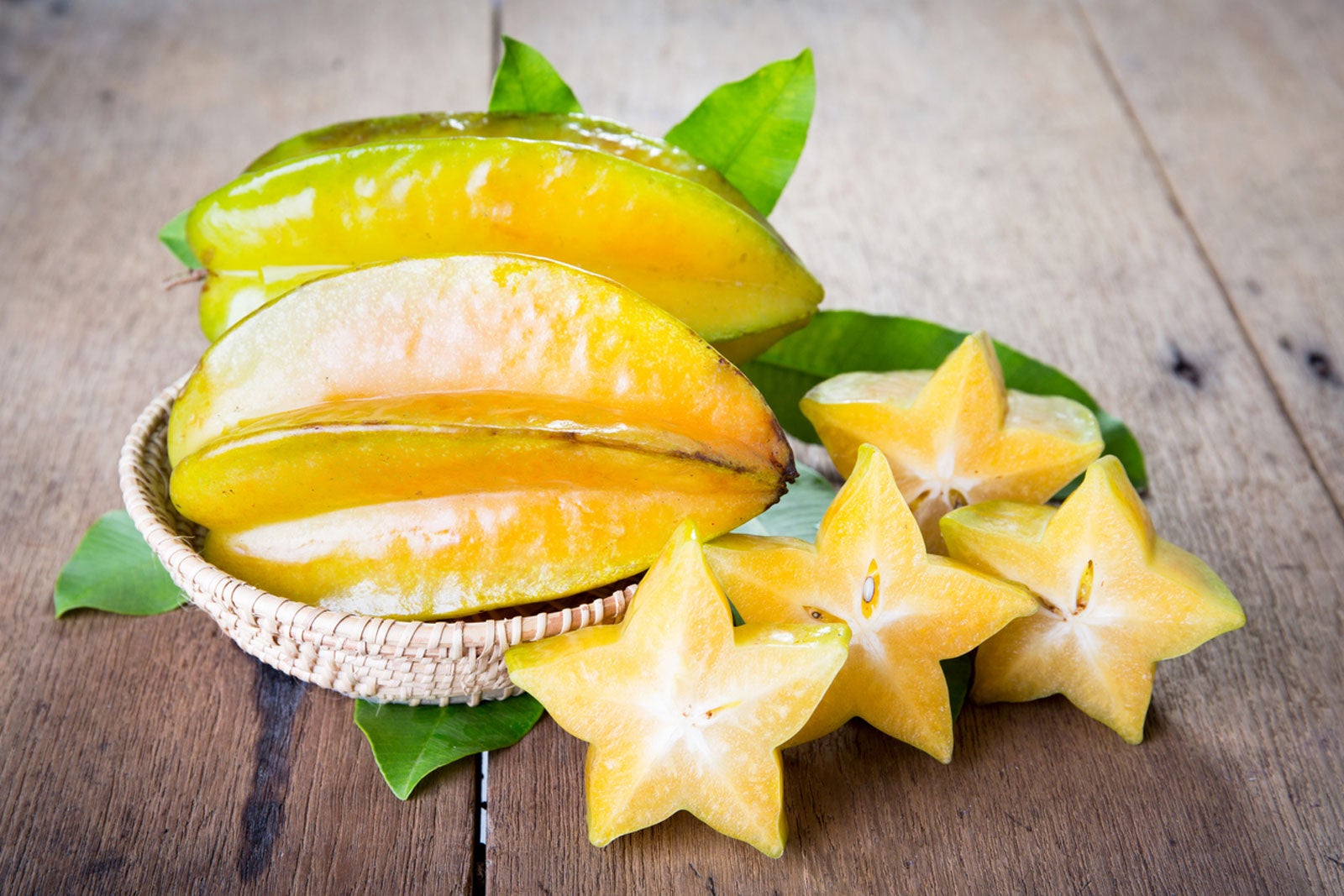

If you think starfruit uses are limited to decorative garnishes for fruit salads or fancy arrangements, you might be missing out on a great tasting food with multiple health benefits. Starfruit, also known as the carambola, is rich in antioxidants, vitamins, and minerals.
What to Do with Starfruit
Starfruit grows on tropical trees which were native to Sri Lanka and the Spice Islands. It's been cultivated for centuries in China and Malaysia. The fruit of the carambola tree can reach 8 inches (20.5 cm.) long and changes from green to yellow as it ripens. Starfruits are oval-shaped and have five ridges which give the fruit its characteristic star shape when sliced.
If you're wondering how to use starfruit, here are ways carambola has been used around the world:
- Garnish – Using carambola fruit in salads, fruit kabobs, for decorative plating, or as a beverage garnish uses the natural shape of the sliced fruit to add appeal to dishes and drinks.
- Jams and preserves – Like other types of fruit, starfruit can be used when making fruit spreads.
- Pickled – Starfruit that isn't fully ripe can be pickled in vinegar or made into a relish using horseradish, celery, and spices.
- Dried – Sliced starfruit can be dried in a dehydrator or baked in the oven to make crispy starfruit chips.
- Cooked – Asian recipes use carambola in shrimp, fish and other seafood dishes. They can be used in curries. Starfruit can also be stewed with sweeteners and spices and combined with other fruit, such as apples.
- Juiced – Starfruit can be juiced with a blend of herbs, such as mint and cinnamon.
- Puddings, tarts, and sherbet – Starfruit uses include typical citrus recipes. Simply substitute starfruit as the key ingredient in place of lemons, limes, or oranges.
Alternative Starfruit Uses
Using carambola fruit in Eastern medicinal preparations is common practice in several Asian countries. Starfruit has been used as a remedy to control hemorrhages, reduce fevers, lower blood pressure, cure coughs, relieve hangovers, and soothe headaches.
Carambola contains high amounts of oxalic acid and care should be taken when using concentrated preparations for medical purposes. Additionally, people with kidney problems are advised to consult their physicians before incorporating starfruit into their diet.
Due to its acidity, the juice of starfruit has also been used to remove rust stains and for polishing brass. The wood from the carambola tree is used in construction and for furniture making. The wood has a fine texture with a medium to hard density.
Tips for Harvesting Starfruit Plants
Whether you're picking starfruit off a tree in your backyard or selecting fresh fruit from the market, here's what you'll need to know to find the best produce for all these innovative ways you have for using carambola fruit:
Gardening tips, videos, info and more delivered right to your inbox!
Sign up for the Gardening Know How newsletter today and receive a free copy of our e-book "How to Grow Delicious Tomatoes".
- Select fruit which has a yellowish-green color for fresh consumption. Commercial growers harvest starfruit as it begins to ripen. (Pale green with a hint of yellow.)
- The fruit reaches its peak ripeness when the ridges are no longer green and the body of the fruit is uniformly yellow. Brown spots indicate over-ripeness.
- In home orchards, gardeners can allow ripe fruit to drop to the ground. It can also be hand picked from the tree.
- For crisper fruit, harvest in the morning when ambient temperatures are lower.
- Store starfruit at room temperature. Fruit which has passed the peak of ripeness can be stored in the refrigerator to prevent spoilage.

Laura Miller has been gardening all her life. Holding a degree in Biology, Nutrition, and Agriculture, Laura's area of expertise is vegetables, herbs, and all things edible. She lives in Ohio.
-
 Moody Blooms For Spring: 8 Types Of Black Flowers To Add Drama To Spring Displays
Moody Blooms For Spring: 8 Types Of Black Flowers To Add Drama To Spring DisplaysFrom midnight burgundies to inky violets, several types of black flowers can enrich and embolden a spring display. Try these brooding bloomers for a moody garden
By Tonya Barnett
-
 Can Snake Plants Live Outside? Everything You Need To Know For Snake Plants Al Fresco
Can Snake Plants Live Outside? Everything You Need To Know For Snake Plants Al FrescoSnake plants can live outside given the right conditions, but be careful that they don't take over! Learn the best way to use snake plants in your landscape.
By Mary Ellen Ellis
-
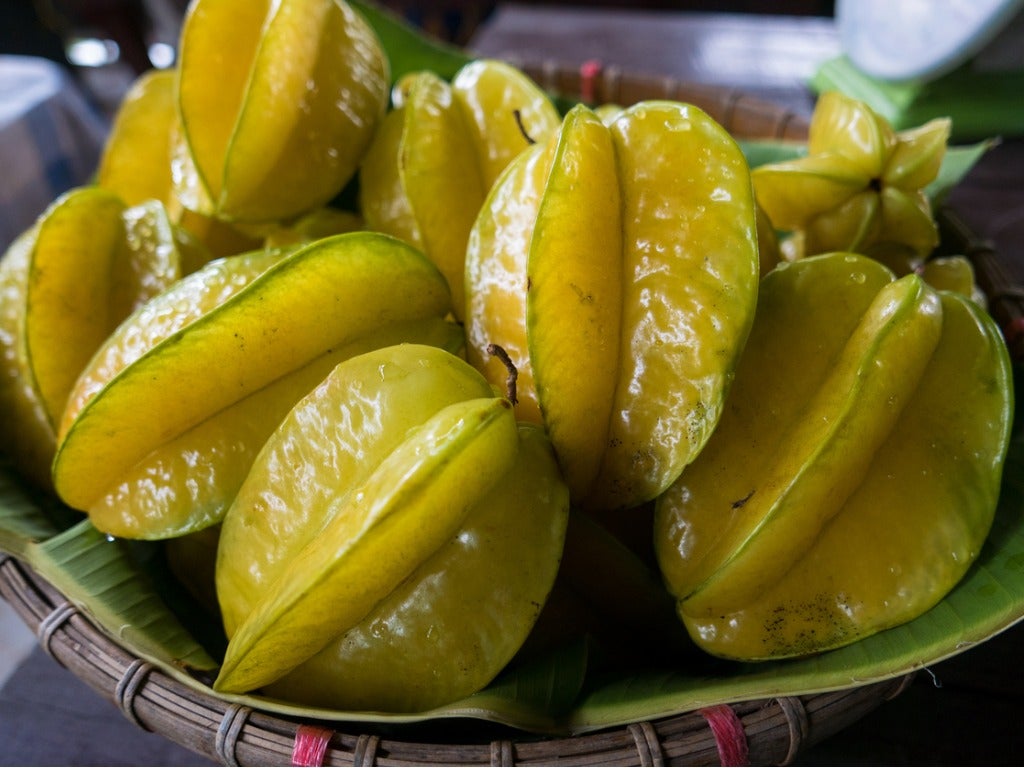 Harvesting Starfruit: How And When To Pick Starfruit
Harvesting Starfruit: How And When To Pick StarfruitAnyone lucky enough to be growing this plant may be wondering how to harvest starfruit once mature. This article can help with that.
By Laura Miller
-
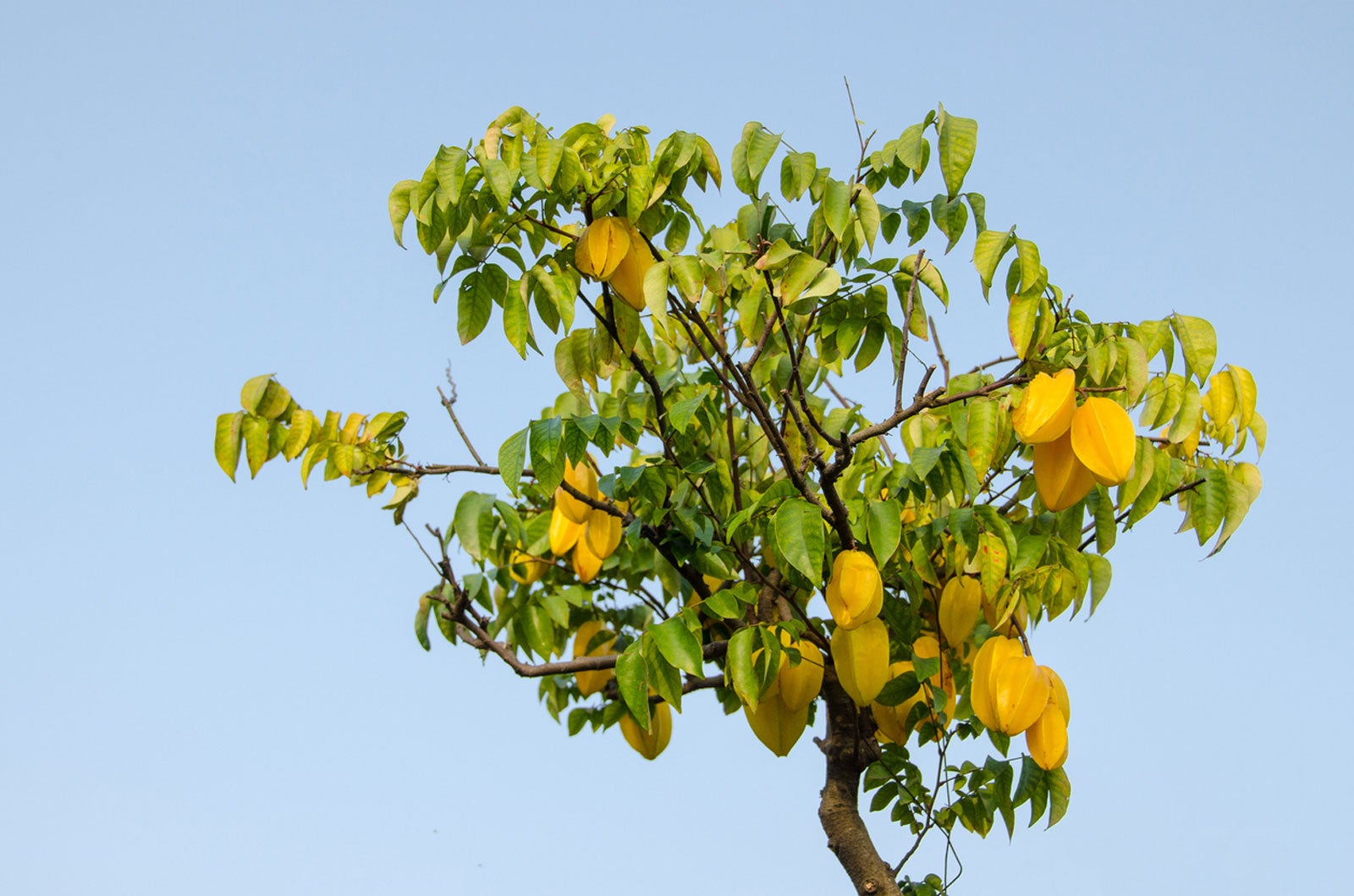 Propagating Starfruit Trees: Tips For Growing A New Starfruit Tree
Propagating Starfruit Trees: Tips For Growing A New Starfruit TreeStarfruit trees are subtropical plants hardy in USDA zones 10 through 12, but don't worry if you live in an area that receives frost. You can still use methods of starfruit propagation to grow this amazing fruit as a container plant. Click this article for more information.
By Laura Miller
-
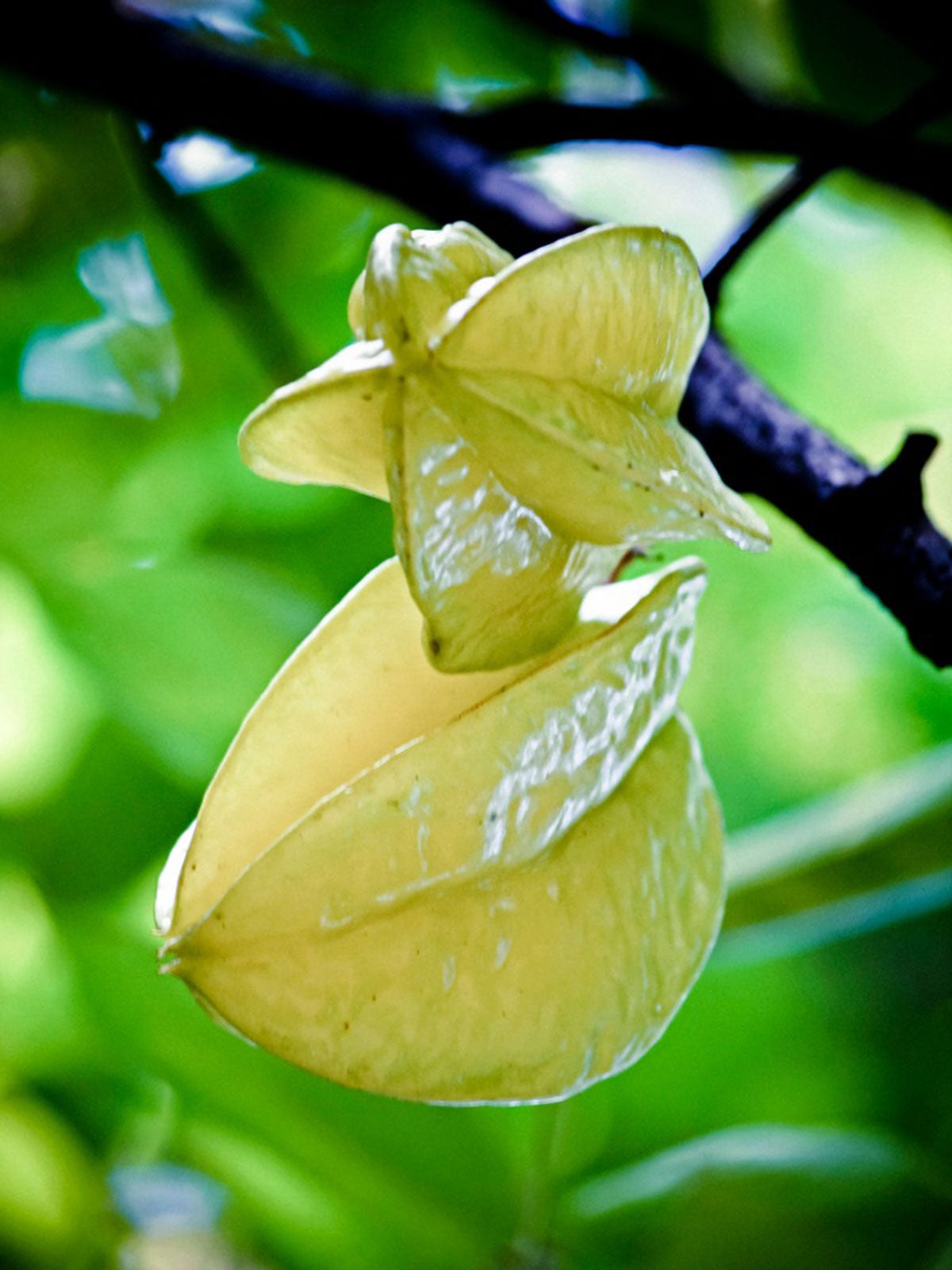 Starfruit Tree Growing – How To Plant A Starfruit Tree
Starfruit Tree Growing – How To Plant A Starfruit TreeInterested in growing an exotic fruit tree? Try growing Carambola starfruit trees. This fruit is sweet, yet acidic, and native to Southeast Asia. For more information about the Carambola starfruit tree, click the following article.
By Amy Grant
-
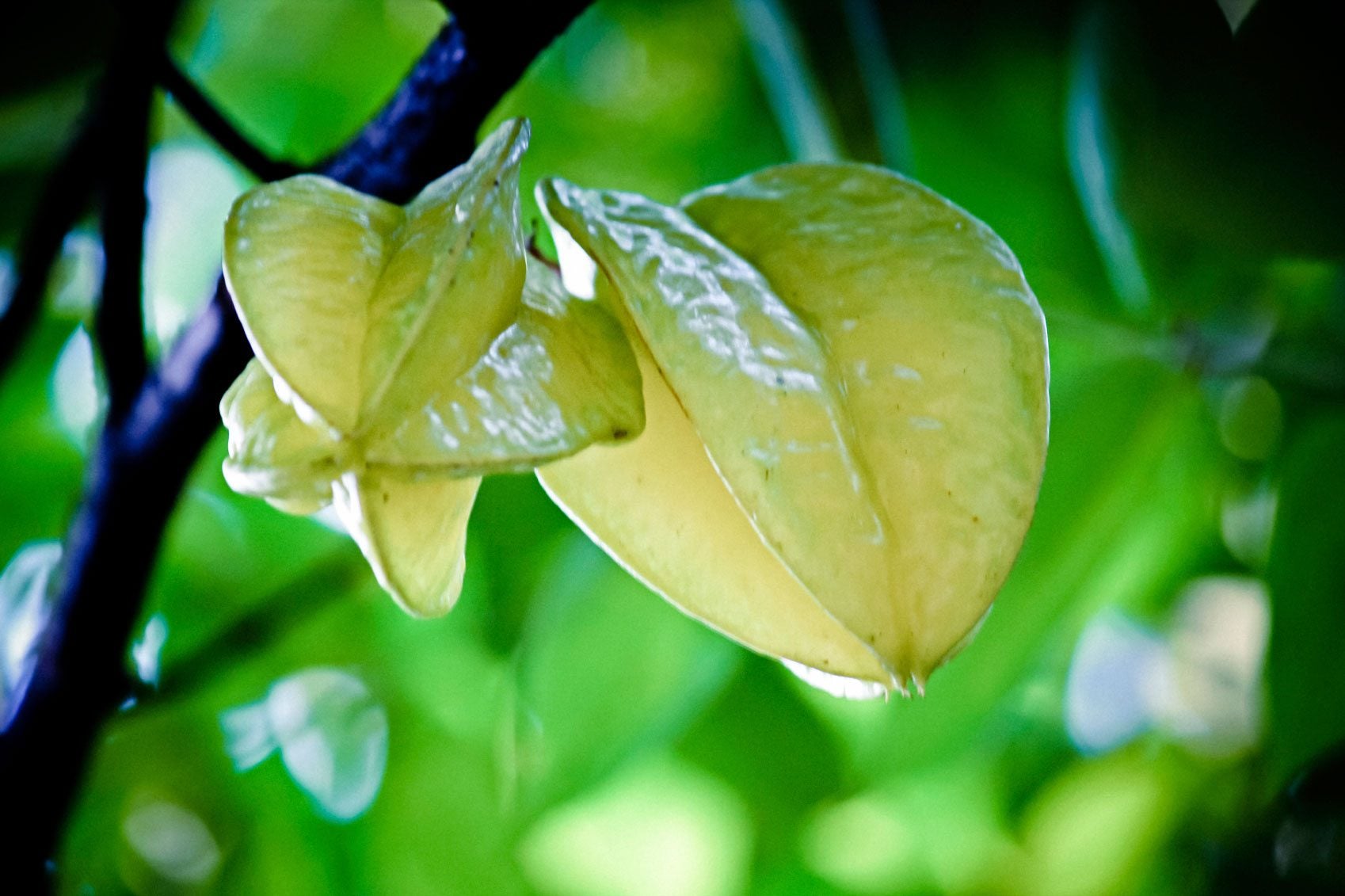 Container Grown Starfruit: How To Grow Starfruit In Pots
Container Grown Starfruit: How To Grow Starfruit In PotsStarfruit tree care requires warm temperatures. The question is, lacking a warm climate, is it possible to cultivate container grown starfruit? Find out more in this article. Click here for additional information.
By Amy Grant